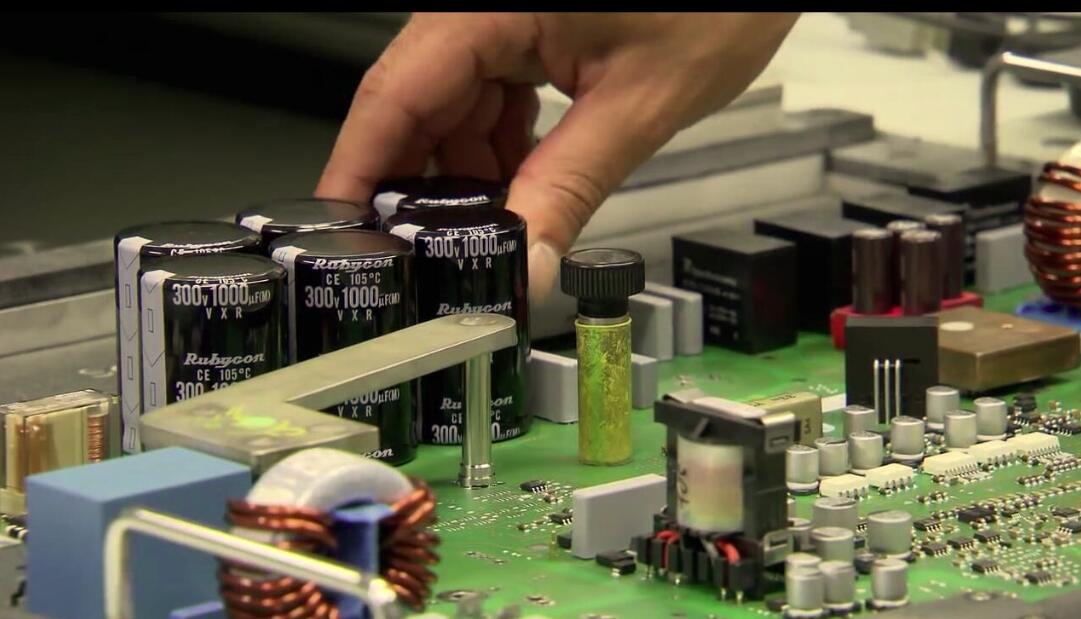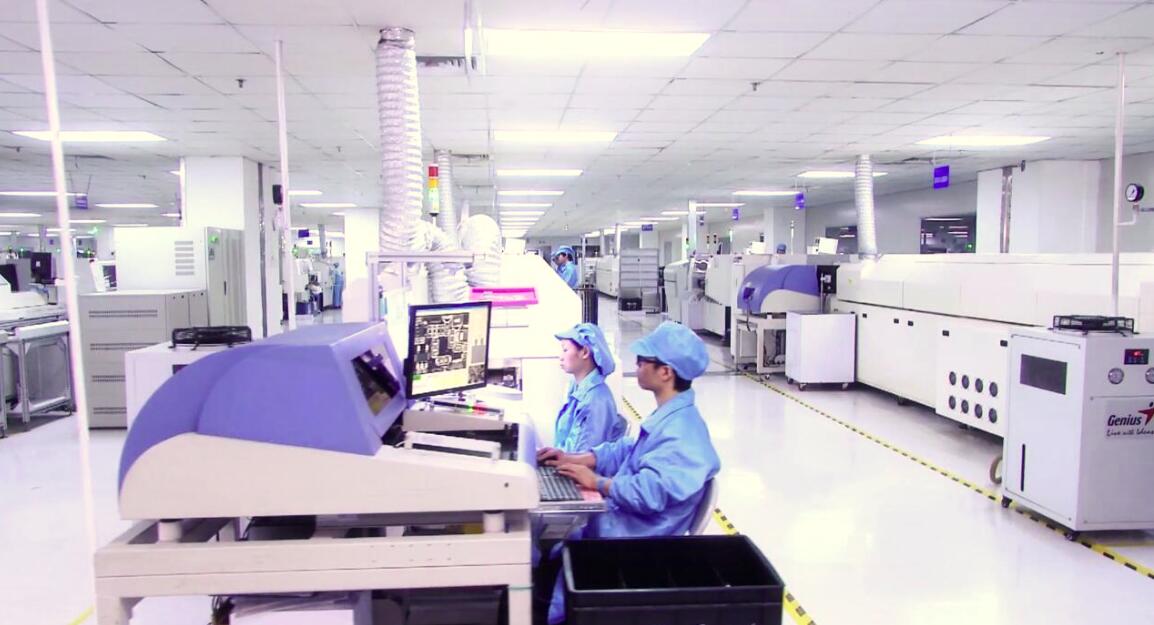China Topscom Delievered Article About Analysis on cleaning Technology of pcb Board Assembly.
Abstract: the post-weld cleaning of pcb assembly has an extremely important impact on the reliability of products, so a reasonable selection of cleaning methods to effectively remove pollutants produced in the welding process, and take effective inspection measures to ensure the quality of products is of vital significance.
Key words: china pcb board assembly; pcba; pollutant; electronic manufacturing

1 Overview.
In the process of assembly and welding of PCB components, a variety of contaminants will be left on the PCB, such as flux residues, fingerprints, sweat stains, solder balls, dust, fibers and so on. The main pollutants and their effects in the PCB assembly process are shown in Table 1. These post-weld residues may cause electrochemical reactions between conductors under specific conditions (such as moisture or the presence of electric field), resulting in changes in circuit performance when accumulated to a certain extent, causing damage to circuit performance, reducing the reliability of the product, and ultimately affecting the performance and life of the product. Cleaning can remove the contaminants of the PCB boards after welding. Therefore, the cleaning of the printed circuit board after assembly plays a vital role in improving the reliability of the product and ensuring the working life of the product. the article is posted by Mr. Wangjun,director of Topscom SMT Workshop Department,china Topscom provide high difficulty density & printed circuit boards PCB design & layout, mass manufacturing & fabrication,pcba boards assembly,turnkey full systems integration electronic contract manufacturing services.
2 the purpose of cleaning.
The main purpose of cleaning is to remove the residual flux, dust, sweat stains and solder slag on the PCB surface and components after PCB assembly, and fundamentally eliminate the circuit board leakage and electrochemical corrosion caused by these pollutants.
3 selection of cleaning agents.
Cleaning agent is the material used in the cleaning process. Before cleaning, appropriate cleaning agents and cleaning methods should be selected so that pollutants can be effectively removed during cleaning. The selection of cleaning agents should follow the following requirements:
1 low surface tension, strong solubility, good decontamination effect; 2 can not damage cleaned components and surface protection materials; 3 simple cleaning process, convenient equipment operation; 4 good safety, such as non-toxic or low toxic, non-flammable or flammable, non-explosive, low irritating odor, in line with environmental protection requirements; 5 small loss in the cleaning process, used waste liquid is easy to be recycled; 6 the price is cheap.

4 cleaning method.
The main cleaning methods of printed circuit board assemblies are as follows: manual cleaning, ultrasonic cleaning, gas phase cleaning, water cleaning and semi-water cleaning.
Manual cleaning is suitable for cleaning a small amount of printed circuit assembly or after repair. For manual cleaning, the printed circuit board assembly should be immersed in a stainless steel container containing cleaning solvent, scrub the parts that need to be cleaned repeatedly with an antistatic brush, and then clean again in a clean cleaning solvent. After cleaning, blow dry the printed circuit assembly one by one with an air gun. This cleaning method is relatively inefficient and generally does not apply to the requirements of high cleanliness.
The cleaning solution used in ultrasonic cleaning is generally industrial anhydrous ethanol, and its cleaning mechanism is cavitation effect. This cleaning method has the advantages of comprehensive effect, high cleanliness, fast cleaning speed, and generally does not destroy the surface of the cleaned object. However, ultrasonic cleaning can not be used for the cleaning of printed circuit boards with electrical nodes inside the device.
The gas phase cleaning process is widely used, which uses the gas phase cleaning machine to clean the printed circuit board assembly.
The mechanism of this cleaning method is that the inorganic gas is excited to the plasma by heating, and the gas phase substance is adsorbed on the solid surface, and these adsorbed groups react with the solid surface molecules to form the product molecules, and the product molecules are analyzed to form the gas phase. the reaction residue is also separated from the object surface. The advantage of this cleaning method is high cleanliness and no further drying, but it is difficult to effectively remove insoluble or insoluble flux residues.
Semi-water cleaning is a combination of organic solvent cleaning and water cleaning. It uses water containing surfactant to rinse and rinse with deionized water. It is the most widely used cleaning method nowadays. The advantages of this cleaning method are strong cleaning ability for water-soluble pollutants, resins and oils, compatibility with most metals and plastics and rubber, waste liquid can be precipitated from waste water, etc., but the surfactant in the cleaning agent is difficult to remove.
Water cleaning is a method of cleaning with water-based cleaning agents. it has a wide range of applications and is especially effective for cleaning inorganic and polar materials. This cleaning method has the advantages of non-combustion, low toxicity, low cost, wide application range, strong cleaning ability and so on. But it is not suitable for high-density assembly products.
5 Inspection of cleaning.
The inspection of cleaning has the following methods: visual inspection, surface ion residue test, flux residue test, surface insulation resistance test.
For aviation products, visually check that there should be no residue on the surface of PCB assembly, and the total amount of ion residue not more than 1.56 μ g (NaC1) / cm2, flux residue is not more than 40 μ g / cm2, and the surface insulation resistance is not less than 100m Ω.
6 concluding remarks.
At present, the assembly of printed circuit boards tends to be more and more high-density, and the electronic components are becoming more and more miniaturized, so the requirement of cleaning is higher and higher. In order to ensure the quality of the product, the printed circuit board assembly should choose the appropriate cleaning process and clean strictly after welding.
Hello, welcome to visit our official website!
+86 13502814037 (What's up)sales@topscompcbassembly.com
Turnkey Pcba Assembly & Contract Electronic OEM Manufacturing Provider


